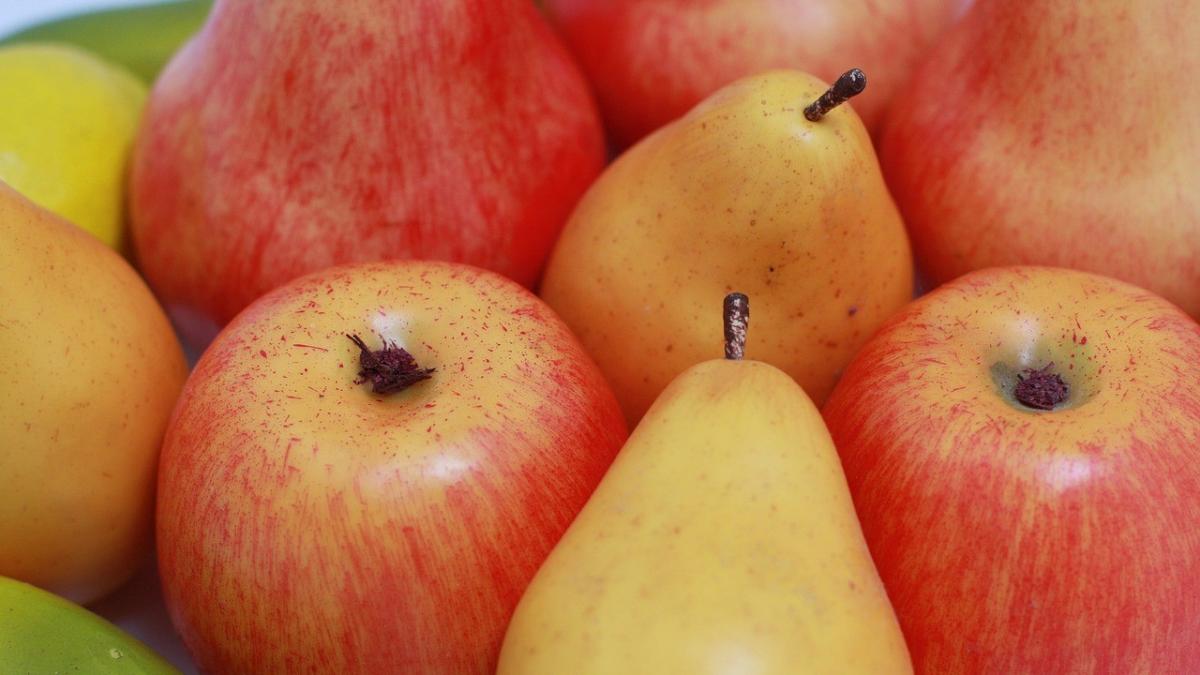You are here
Back to topHigher Global Apple and Pear Production Expected in 2023/24

According to the Fresh Apples, Grapes, and Pears: World Markets and Trade report recently released by the U.S. Department of Agriculture’s Foreign Agricultural Service, global apple production is expected to increase by over 700,000 metric tons in the 2023/24 season, reaching a total of 83.7 million metric tons. This increase is driven by higher production in the United States and China, which is expected to more than offset reduced output in the European Union and Turkey. With higher exports from the United States and Iran, global apple exports are anticipated to grow by 10%, reaching 6.0 million metric tons.
Despite weather-induced production declines in the European Union, increased supply from China is anticipated to boost global pear production in the 2023/24 season by over 275,000 metric tons to a total of 25.2 million metric tons. Additionally, increased exports from China and South Africa suggest that global pear exports will grow by over 100,000 metric tons, reaching 1.8 million metric tons.
Fresh Apples
Despite a decrease in planted area, China’s apple production is expected to increase by 500,000 metric tons in the 2023/24 season, reaching 45.0 million metric tons, on account of improved yields from existing orchards. Meanwhile, exports are projected to rise by nearly 100,000 metric tons to 870,000 metric tons. China primarily exports apples to countries such as Vietnam, the Philippines, Bangladesh and Nepal. With reduced exports from Southern Hemisphere countries, China’s apple imports are estimated to decrease by 10,000 metric tons, totaling 85,000 metric tons.
Adverse weather conditions and poor pollination across major producing countries mean that European Union apple production is estimated to decrease by 475,000 metric tons, dropping to 12.2 million metric tons. By contrast, U.S. production is set to increase by 636,000 metric tons to total 5.0 million metric tons, the highest in six years. In Chile, as growers shift to more profitable crops and the planted area continues to decline, production is expected to decrease slightly to 870,000 metric tons. Exports are also expected to contract slightly to 463,000 metric tons, the lowest since the 1999/2000 season.
Owing to favorable weather conditions and an increase in harvested area, South Africa’s apple production is anticipated to grow by 75,000 metric tons, reaching 1.2 million metric tons. This recovery from last year’s hail damage brings production nearly back to the record level of the 2021/22 season. With increased exports to India and the European Union, South Africa’s exports are expected to grow by 43,000 metric tons, reaching 650,000 metric tons. If current projections prove accurate, South Africa will be the largest Southern Hemisphere apple exporter for the third year in a row.
New Zealand’s apple production is expected to increase by 40,000 metric tons, reaching 483,000 metric tons, as orchards recover from last year’s damage due to Cyclone Gabrielle and benefit from favorable weather conditions. However, production still remains below pre-cyclone levels owing to the high costs and delays associated with replanting orchards, making it unlikely for the planted area to recover in the short term. As production starts to pick up again, exports are expected to increase by 21,000 metric tons to 330,000 metric tons.
Fresh Pears
China’s pear production in 2023/24 is anticipated to increase by 600,000 metric tons, reaching 19.6 million metric tons, as normal weather conditions allow for recovery from frost damage last year. Investments in new irrigation technologies, fertilizers and varieties have not only offset the impact of a decreased planted area but also improved fruit yield and quality. Exports are expected to grow by nearly 40%, reaching 565,000 metric tons, with major export destinations including Russia and other Asian markets.
Italy’s production has fallen to its lowest level in 18 years, causing broader European Union output to decrease by an estimated 250,000 metric tons, bringing the total to 1.8 million metric tons. Despite a continued decrease in the planted area, higher yields are anticipated to boost U.S. production by 15,000 metric tons to 602,000 metric tons.
Chile’s production is forecast to contract by 10,000 metric tons, totaling 202,000 metric tons, representing the third year of decline in a row. Exports are projected to fall by 5,000 metric tons to 100,000 metric tons, marking a 30-year minimum. Benefiting from good winter climate conditions featuring ample rainfall and prolonged cold hours, South Africa’s production is expected to increase by 30,000 metric tons to 530,000 metric tons. With increased supply and strong demand from the European Union, South Africa’s pear exports are anticipated to increase by 40,000 metric tons to 280,000 metric tons.
Image: Pixabay
This article was translated from Chinese. Read the original article.













Add new comment